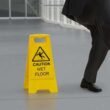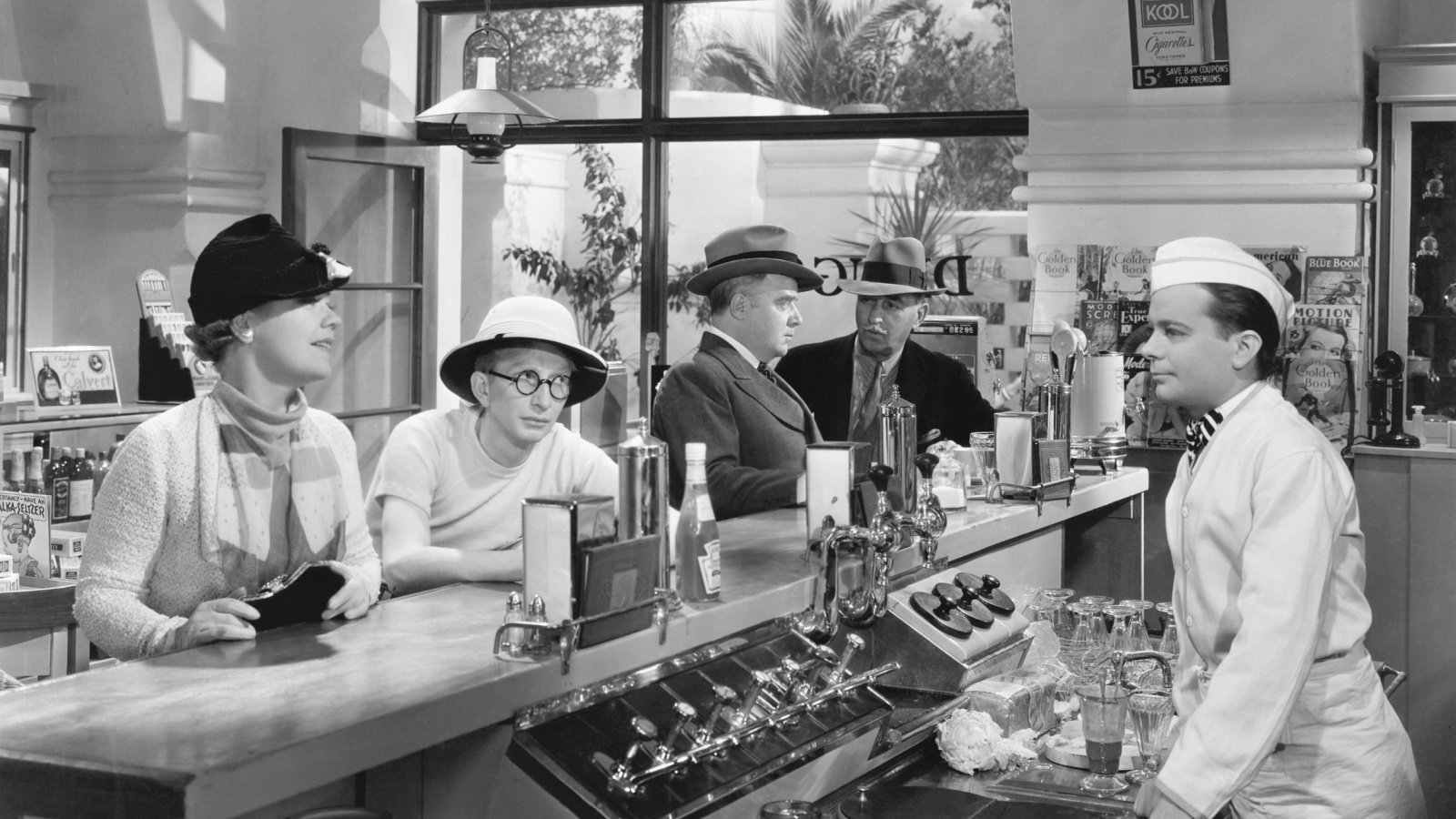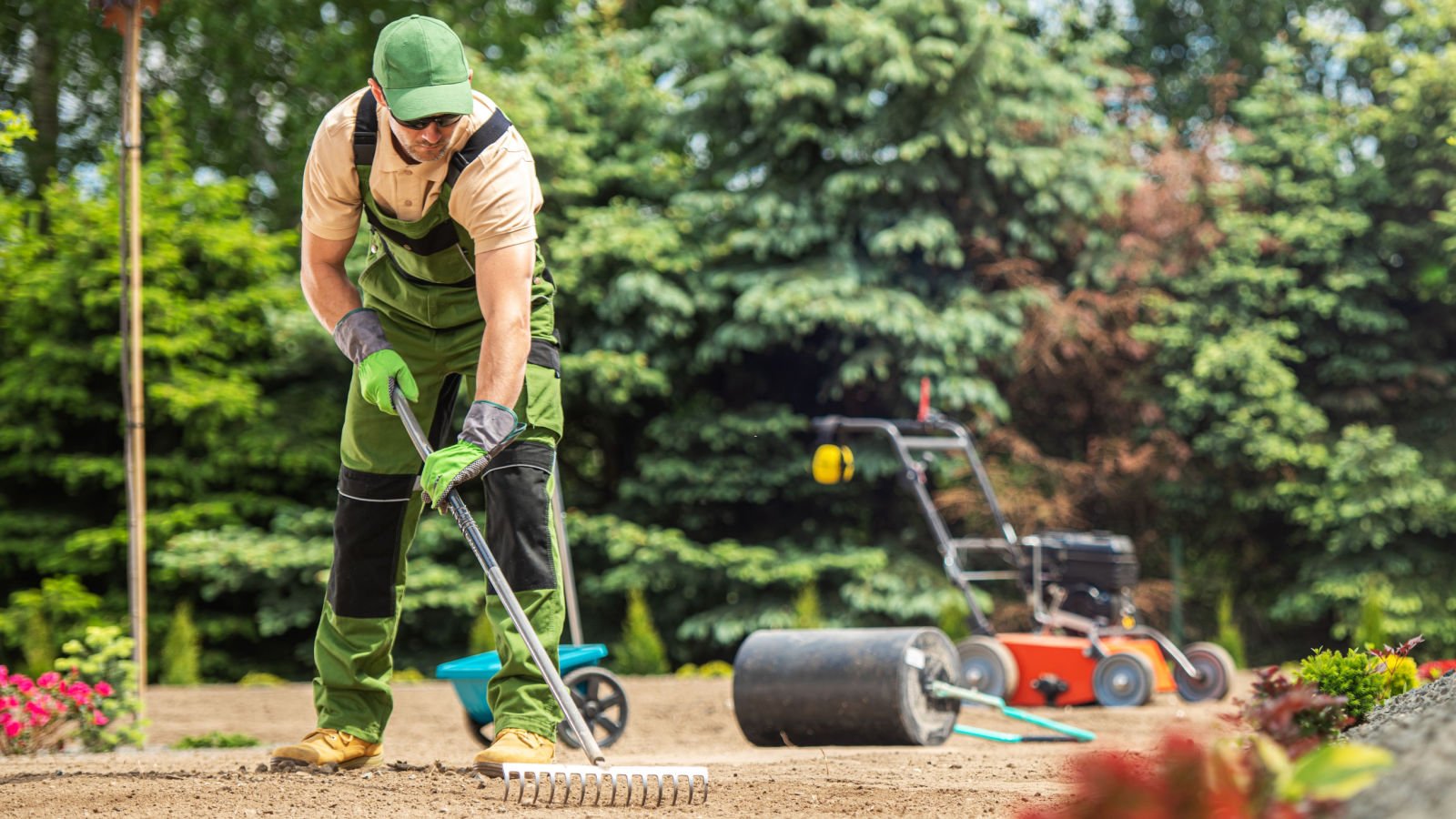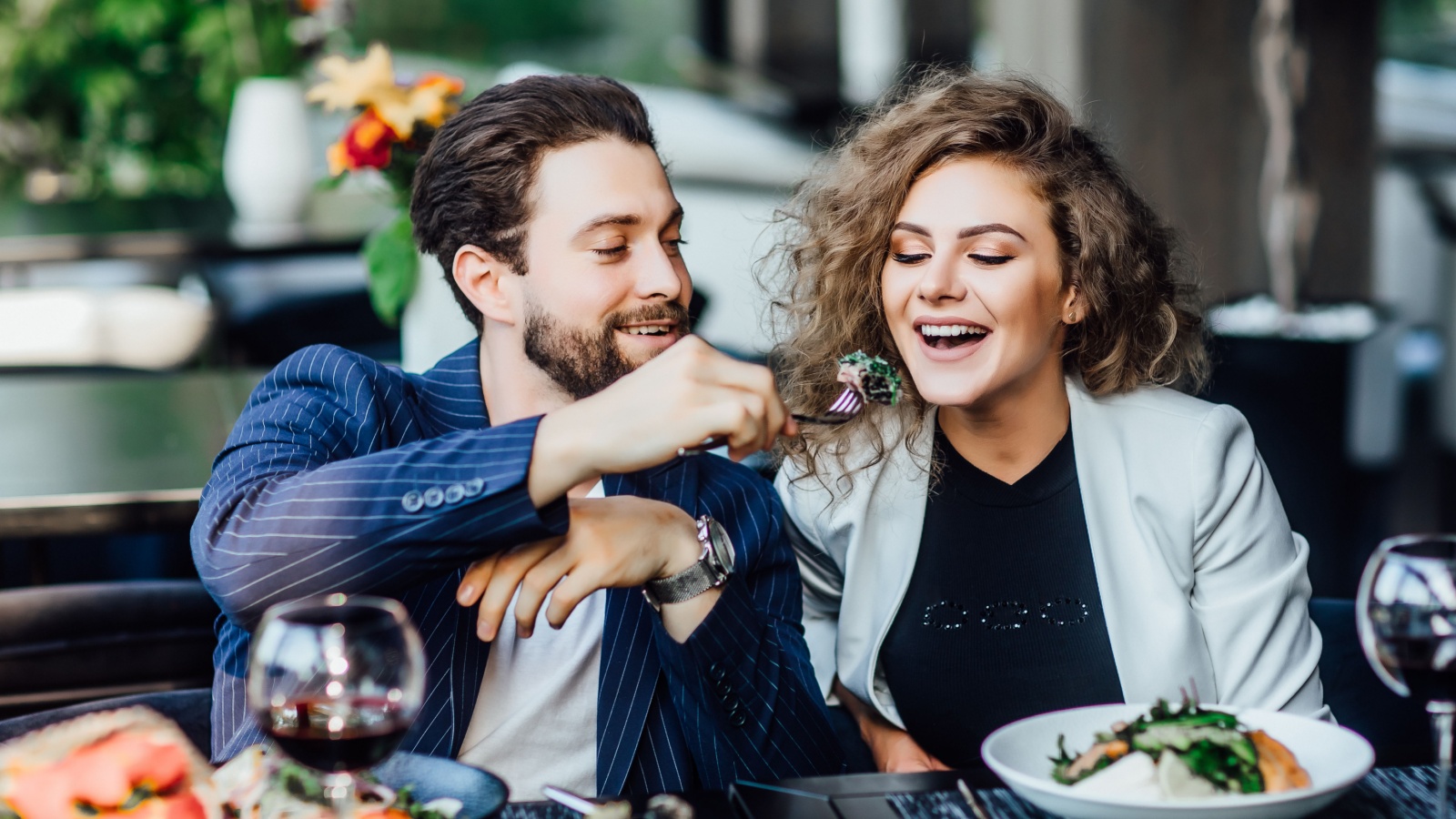The 1950s and 1960s were a golden era for quirky and colorful expressions that spiced up conversations. From jazzy slang to playful phrases, these terms added a lot of character to everyday speech.
These expressions weren’t just catchy; they reflected the vibrant culture and creativity of the era.
Bringing these vintage expressions back could add a fun, retro flair to modern conversations—see how many you can slip into your chats today!
Cool Cat

Back in the mid-20th century, a “cool cat” was someone with an effortless style and a laid-back attitude, straight out of the jazz scene. The term was a favorite way to describe someone who was effortlessly fashionable and chill.
Ginchiest

If someone was “ginchiest” in the 1960s, they were the absolute best—super attractive, delightful, and just plain amazing. This lively term, rooted in teenage slang, captured the essence of youthful excitement and rock ‘n roll.
Made in the Shade

In the 1950s, “made in the shade” meant you had it easy or set for success. It suggested a relaxed, confident assurance about your plans. It came with an air of cool assurance, a nod to those who had their plans well-arranged.
Flip Your Wig

Used to describe losing control or becoming extremely excited or agitated, “flip your wig” could easily spice up contemporary speech. Its origins lie in the dramatic reactions of classic 1950s cinema and television, often depicted literally as wigs flying off in a frenzy.
Daddy-O

In the 1950s jazz and beatnik scenes, “Daddy-O” was the ultimate term of endearment, like saying “buddy” or “pal” with extra style. It oozed coolness from an era of smoky jazz clubs and poetry readings.
Ankle Biter

A humorous way to refer to small children in the 1950s was the term “Ankle Biter”. Originating in the 1950s when post-war family life was a central theme of society, kids were often seen and not heard.
Ring-a-Ding-Ding
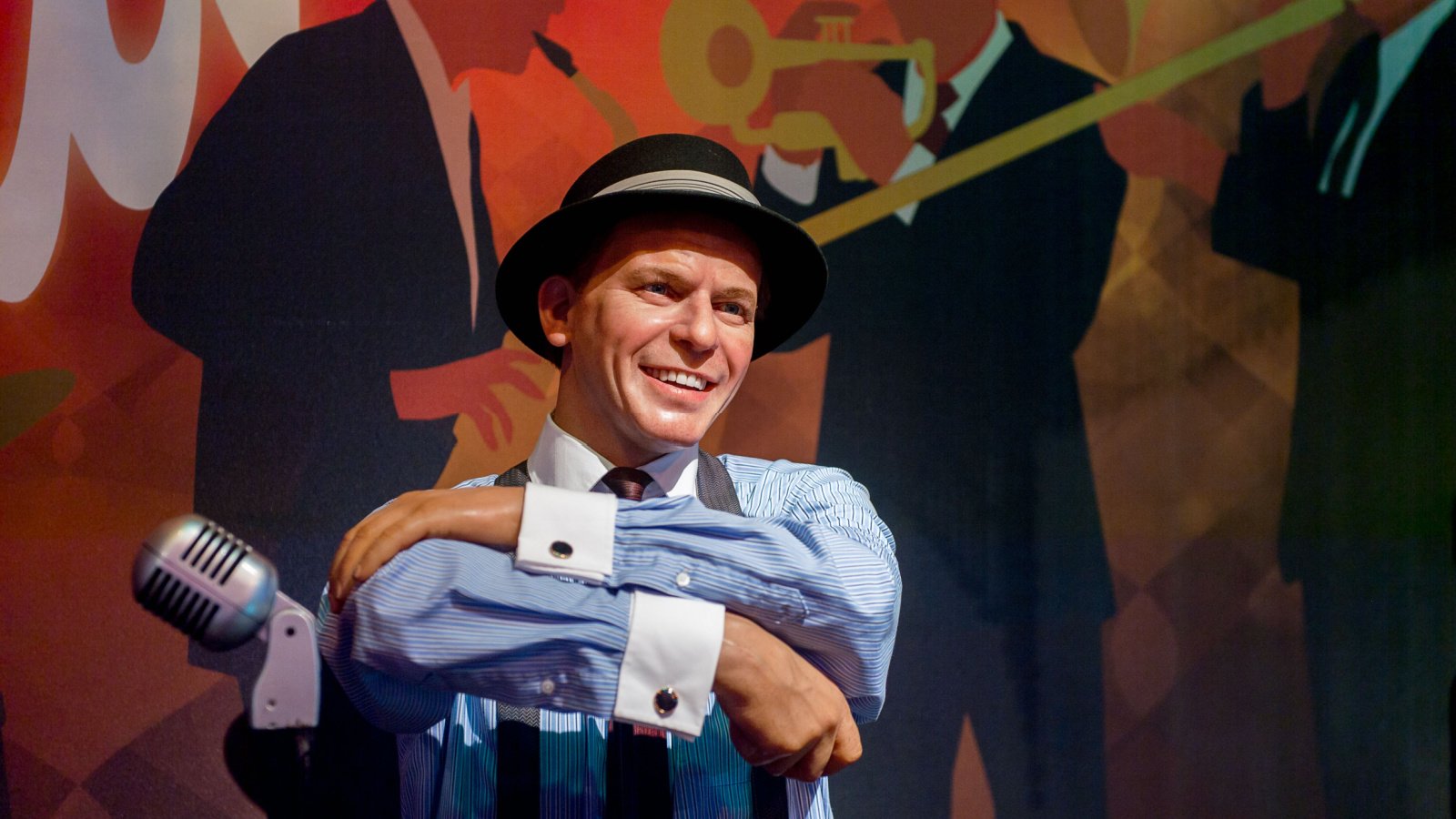
Popularized by Frank Sinatra and the Rat Pack, “ring-a-ding-ding” captured the excitement of something impressive. It was a vibrant way to express thrill and enthusiasm.
Square

Calling someone “square” in the 1950s meant they were a bit conservative or old-fashioned— the opposite of a “cool cat.” It reflects a time when social norms were more rigid and rebellion was in the air.
Real Gone
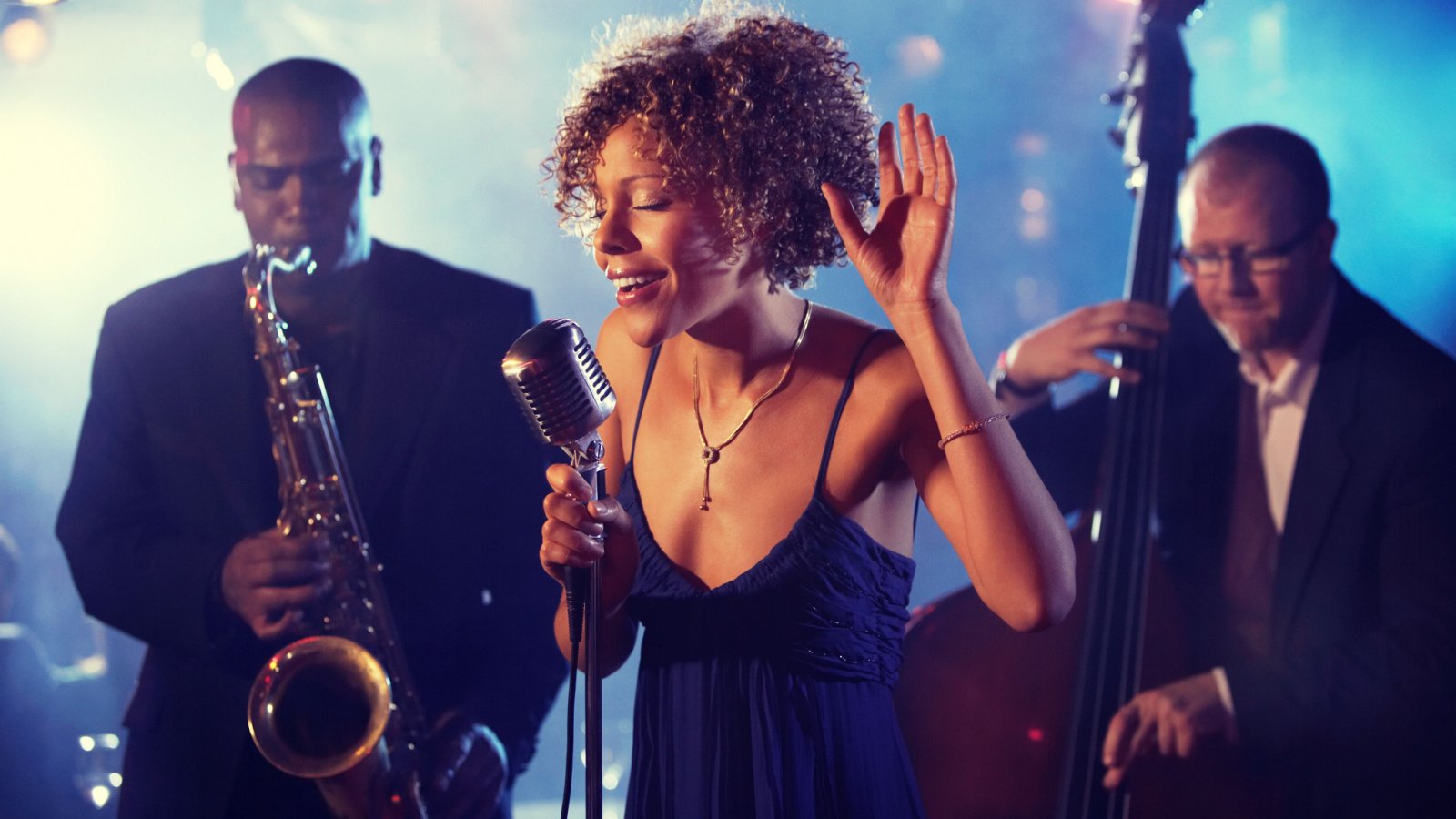
“Real gone” was a funky way to say something was fantastic or mind-blowing, rooted in the jazz and early rock scenes. It implies something so great it’s almost out of this world.
Hep
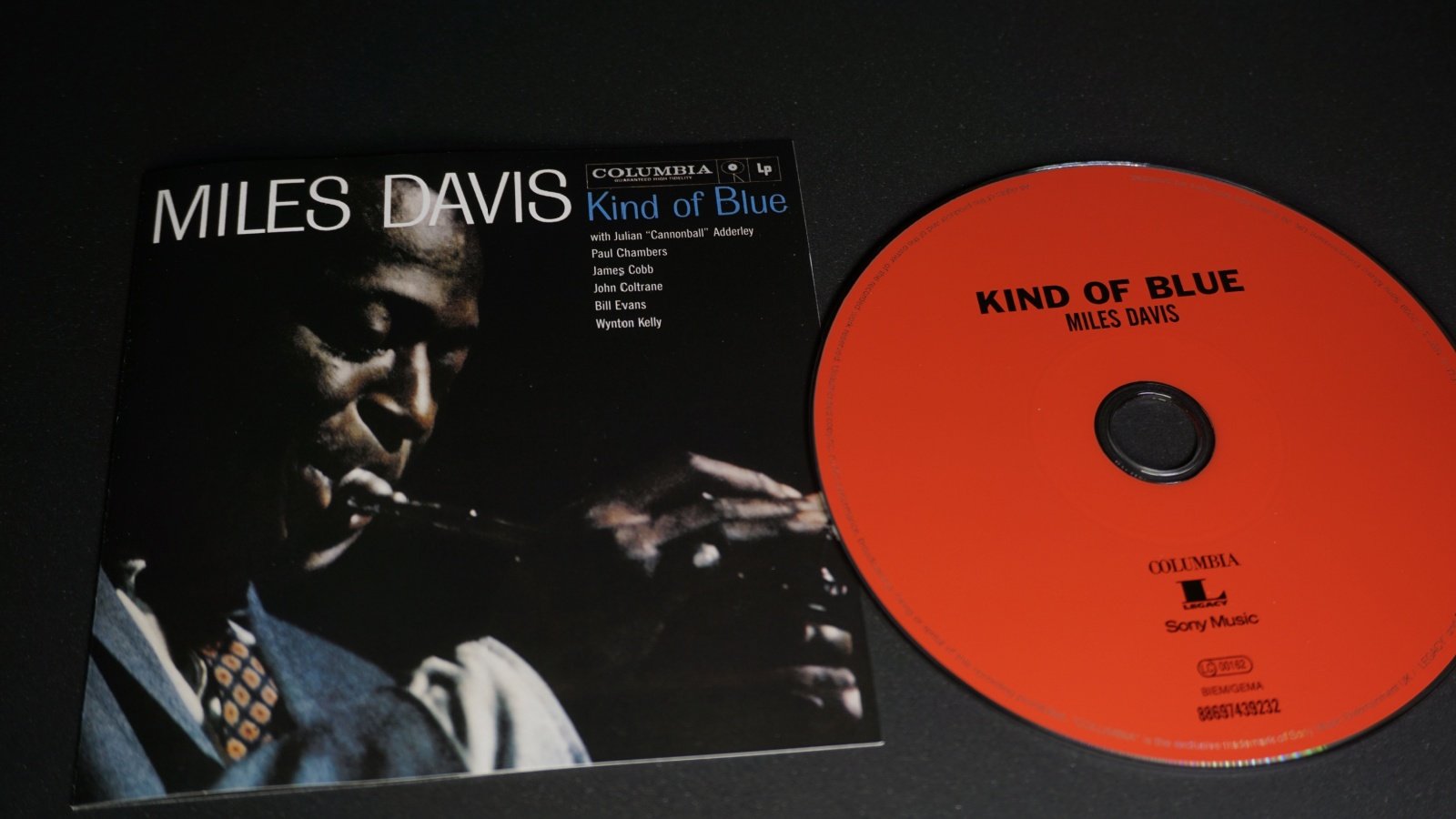
Before “hip” was the go-to term, “hep” was used in the early 1950s to describe someone as cool and in the know. It comes from the jazz era’s “hep cats” who were always on top of things.
Kicks

In the 1950s, “kicks” meant shoes, but it soon evolved into a term for fun or thrills, like “just for kicks.” It captures the spontaneity and joy of doing something purely for fun.
Cloud 9

Floating on “Cloud 9” means being blissfully happy or euphoric, and although it’s still used, it originated in the 1950s. It’s a phrase that symbolizes almost unattainable joy.
Knuckle Sandwich

Offering someone a “knuckle sandwich” was a cheeky way to threaten a punch in the playful banter of mid-20th-century youth. It adds a comic book-like exaggeration to conflicts.
Burn Rubber
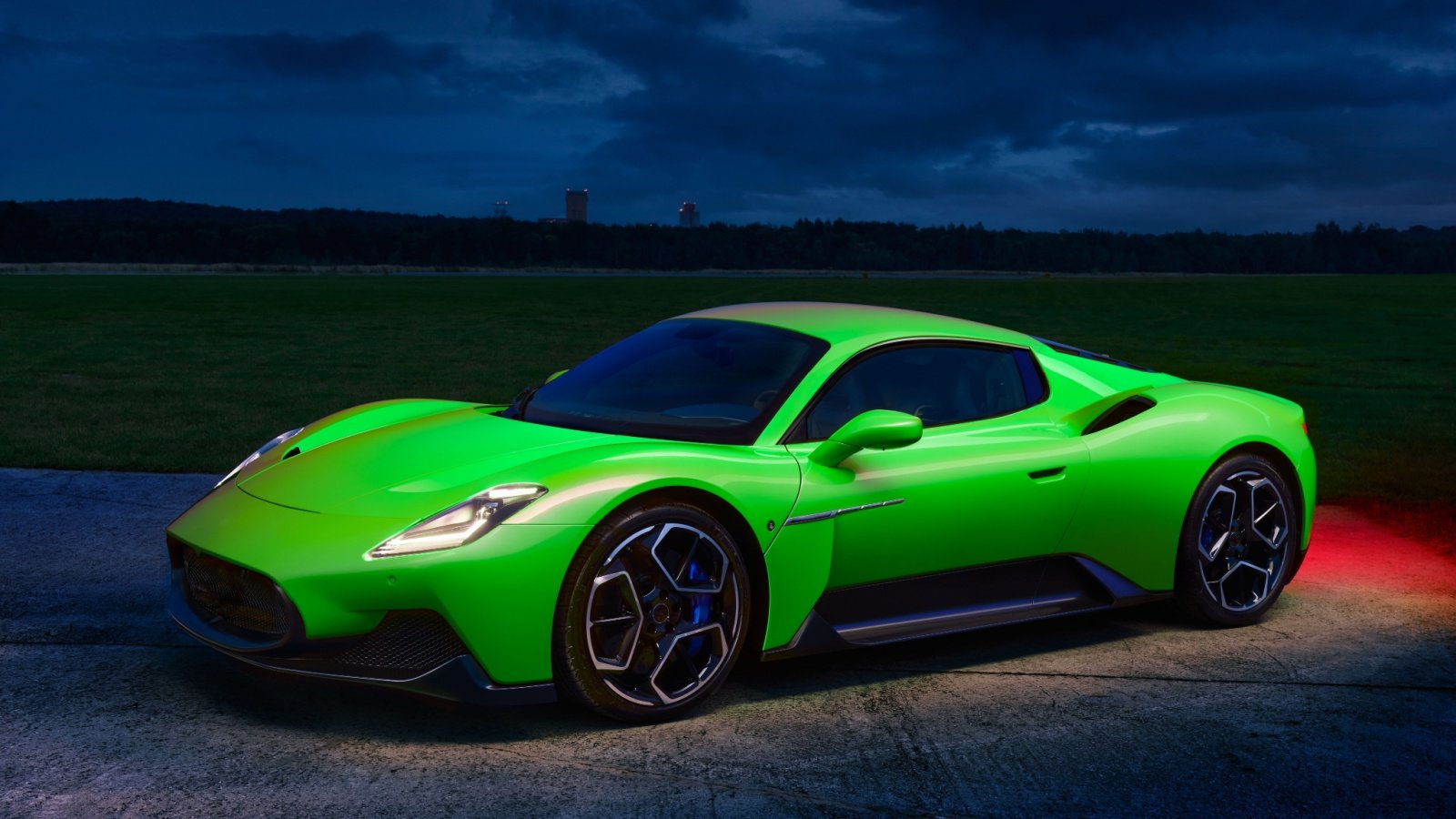
To “burn rubber” meant to drive very fast, typically in a car with impressive horsepower. This phrase conveys both a sense of urgency and the thrill of speed.
Cruisin’ for a Bruisin’
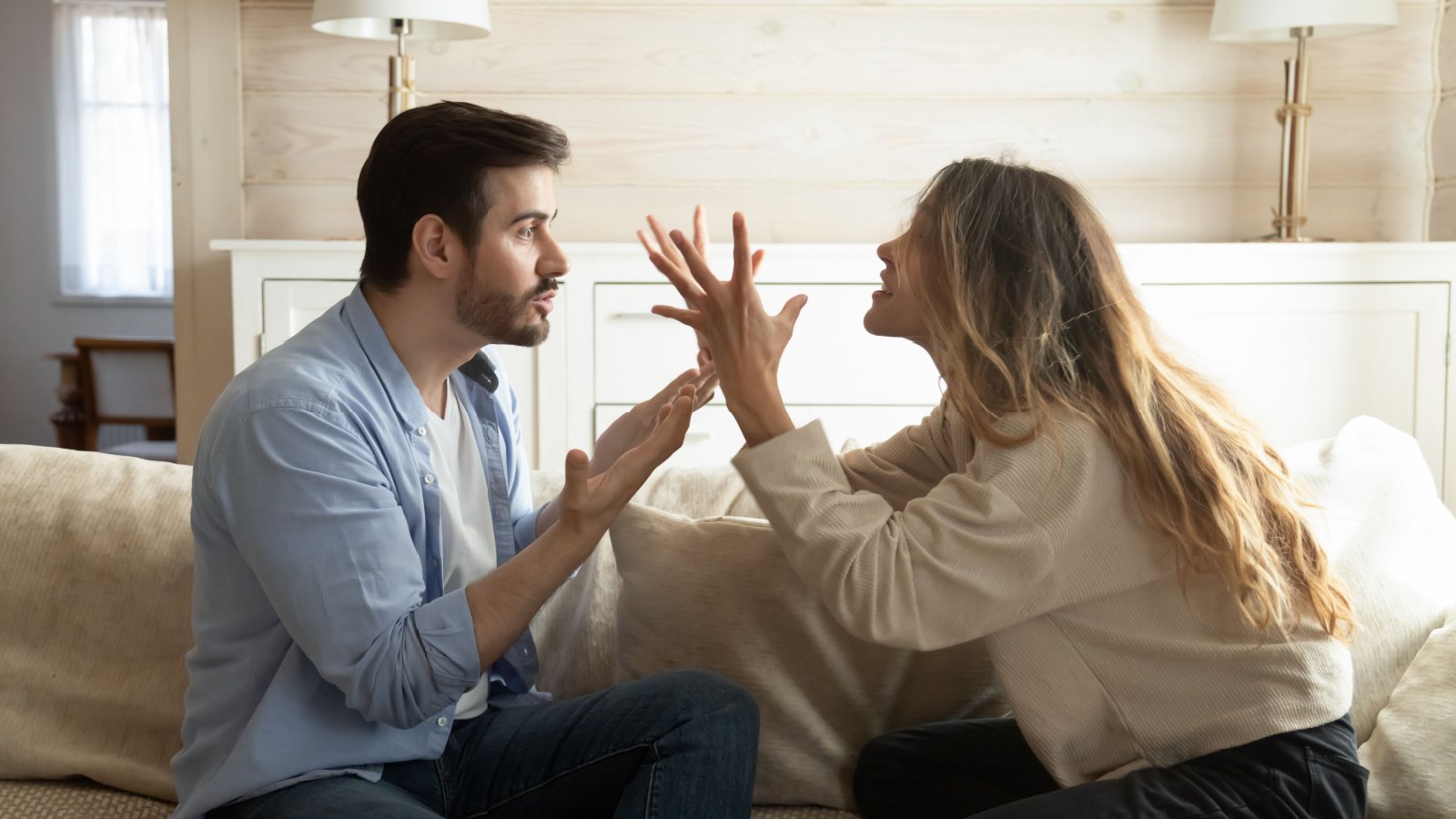
In the 1950s, “cruisin’ for a bruisin’” warned someone they were heading for trouble with a playful rhyme. It combined a sense of impending doom with a catchy rhythm.
Cat’s Pajamas
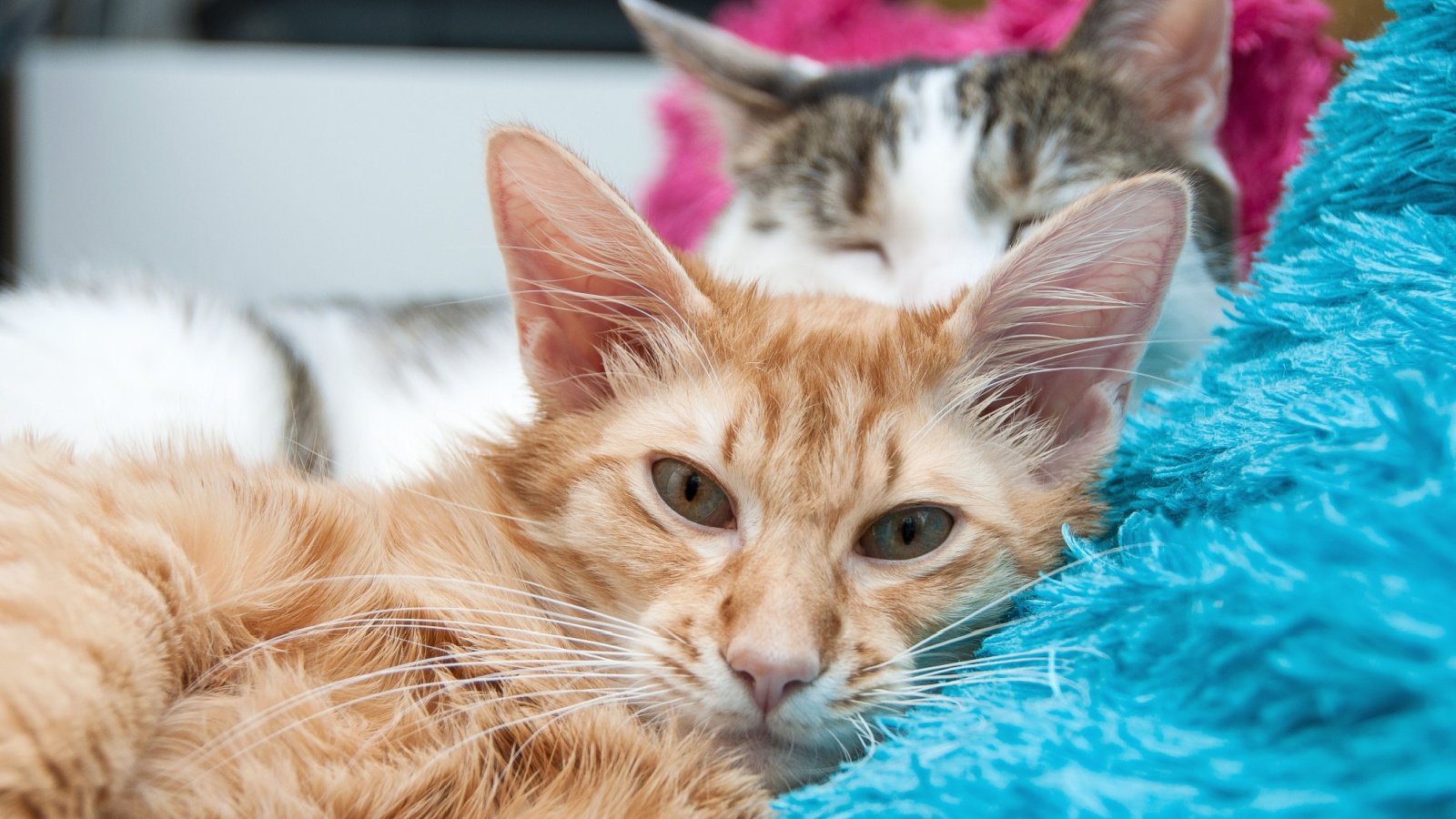
Similar to “bee’s knees,” “cat’s pajamas” meant something was superb or stylish, with a whimsical image of cats in fancy clothes. This phrase stayed popular through the 1950s.
Five-Finger Discount

In the 1960s, a “five-finger discount” was a cheeky term for shoplifting. It carries a humorous and naughty edge, reflecting youthful rebellion.
What’s Buzzin’, Cousin?

“What’s buzzin’, cousin?” was a playful and rhythmic way to ask “What’s up?” in the 1950s and 1960s. Its catchy, friendly vibe reflects the era’s musical charm.
Drag
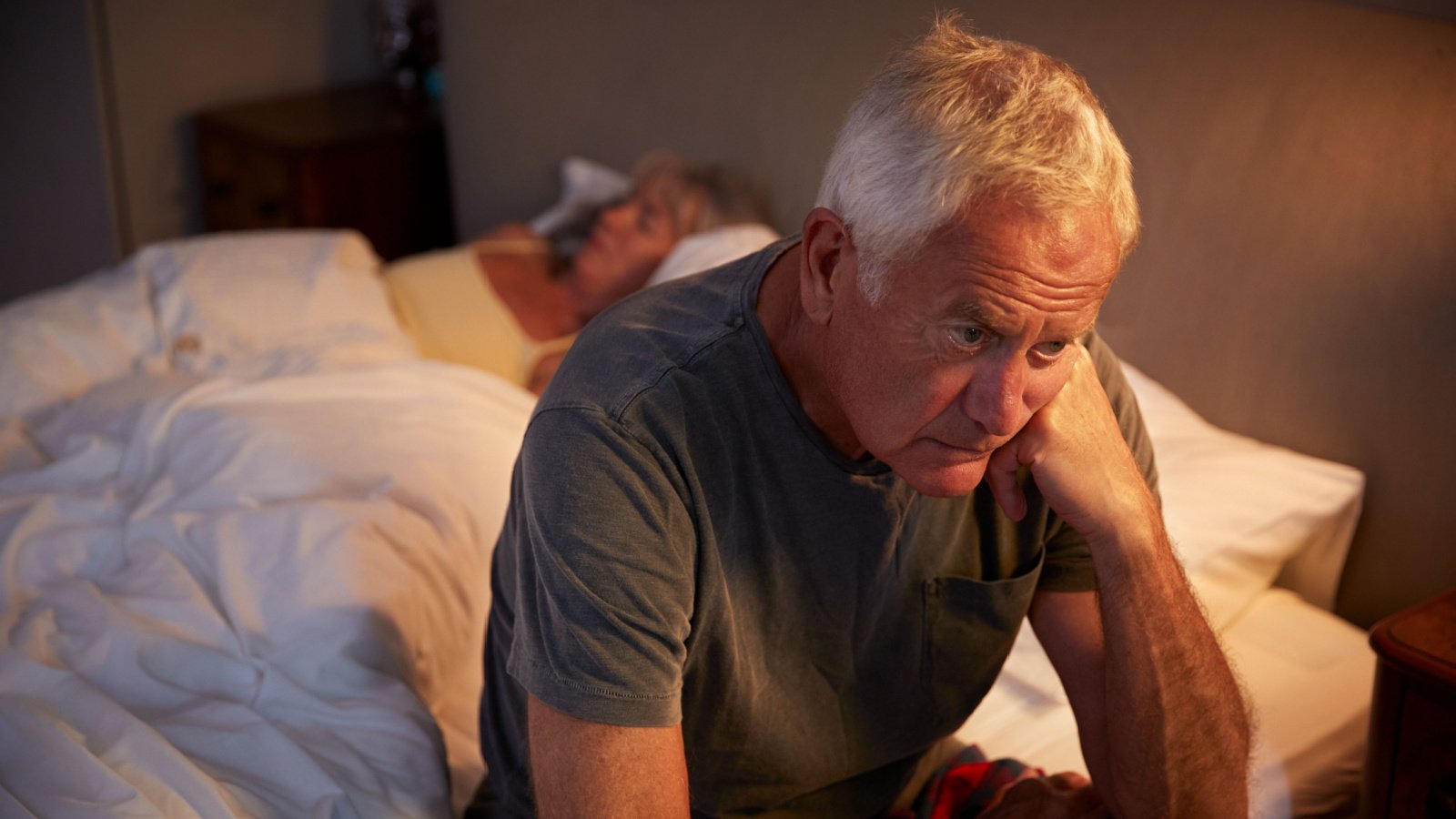
A “drag” in the 1950s was something tedious or unenjoyable— the opposite of cool. It’s a short, snappy way to express dissatisfaction.
Hunky-Dory

If everything was “hunky-dory,” it meant all was well and good, carrying a reassuring and upbeat vibe. This phrase probably originated as a playful word twist, radiating an infectious sense of optimism.
